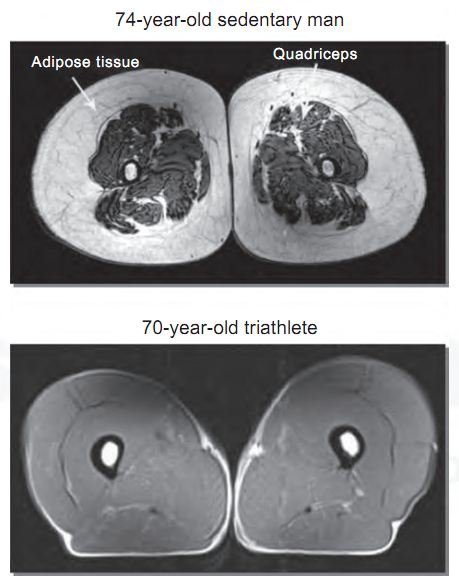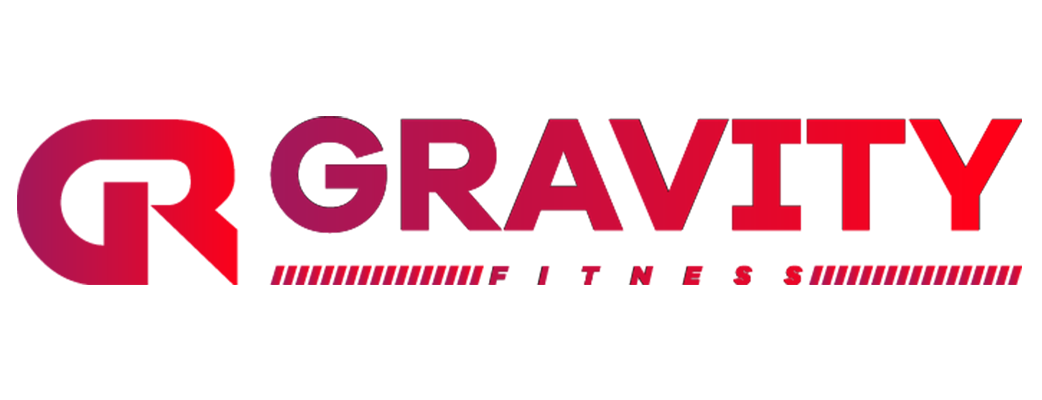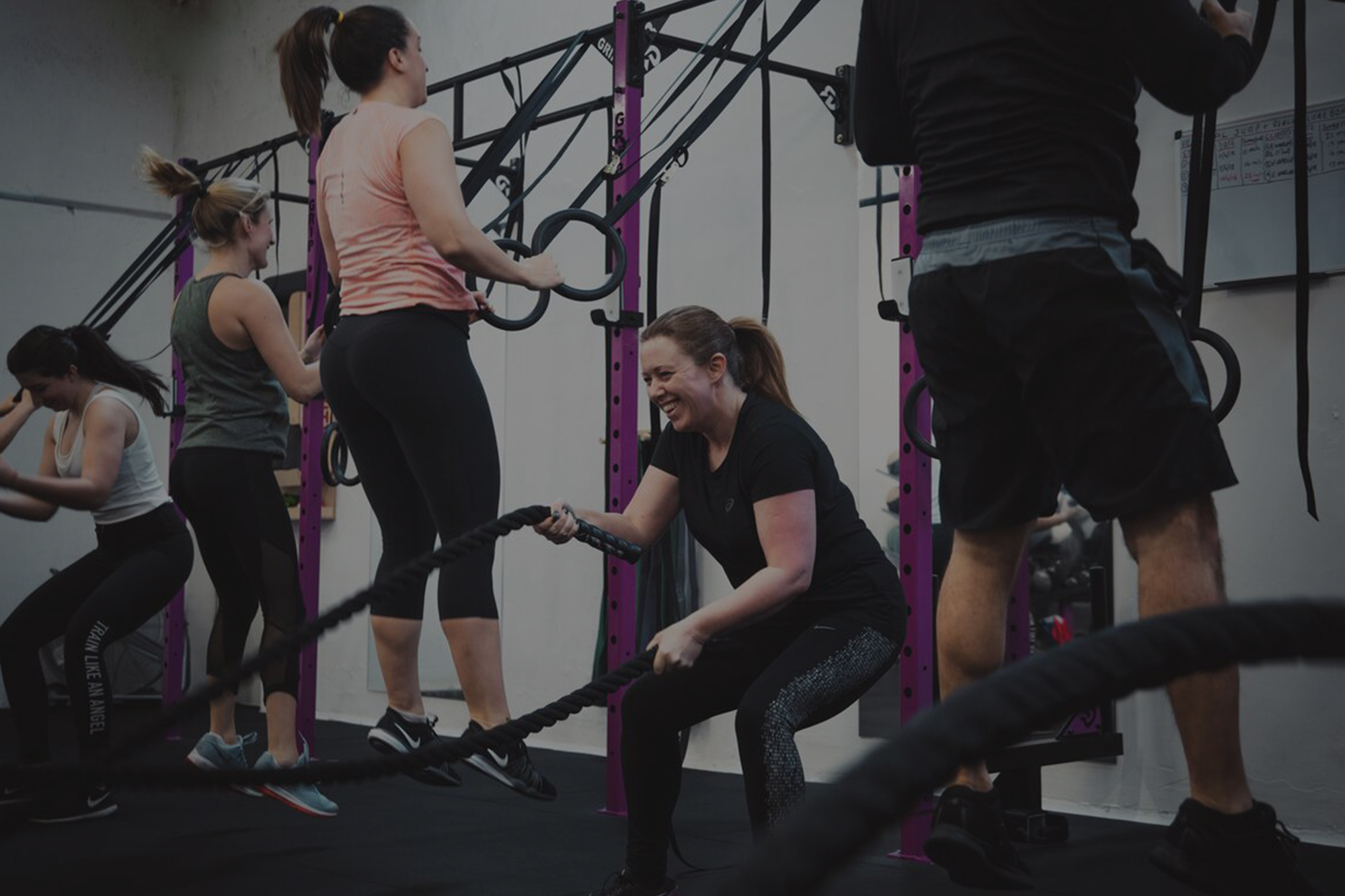
Hi, its Conor Hogan again from Gravity Fitness, Raheny, Dublin 5 weekly blog. From the moment you’re born, the muscles in your body begin to naturally grow bigger and stronger and can be maintained with relative ease. However, at some point in your 30’s, you will start to lose muscle mass at a rate of roughly 3-5% each decade. This age-related muscle loss, which is called sarcopenia, is a natural part of aging, and most people will lose about 30% of muscle mass during their lifetime. Less muscle mass generally means greater weakness and less mobility for the average person, both of which may increase your risk of injuries, and falls and fractures. It has been suggested that people with sarcopenia have 2.3 times the risk of having a low-trauma fracture from a fall such as a broken hip, collarbone, leg, arm, or wrist.
Symptoms of sarcopenia can include weakness and loss of stamina, which can interfere with your drive for physical activity, thus inhibiting the chances of building more muscle mass or maintaining the mass you currently have.
Possible contributors to sarcopenia are the natural decline of testosterone, the hormone that stimulates protein synthesis and muscle growth, and growth hormone. Additionally, not getting enough calories or protein every day that contribute to sustaining muscle mass. You may think that an easy treatment for this would be to take testosterone supplements, right? Well, maybe it’s not that easy. Some side-effects of taking a testosterone supplements can include; acne or oily skin, increased risk of developing prostate issues, increased risk of blood clots, increased aggression and mood swings, and an increased risk of heart attack and stroke.
As you can see, the possible side effects can be quite serious to put it mildly. So how do we best combat this natural loss of muscle? Simple enough really, through exercise! Although more specifically, through resistance or strength training.
Resistance training as little as 2-3 times a week can reduce or stop this muscle loss, and even continue to grow new lean muscle mass as long as your workout programme and diet is adequate. It’s important that your programme is always being changed up every 4-6 weeks to ensure that you don’t plateau in your training and potentially regress. As well as making sure to get a proper warm-up in before your training so you don’t injure yourself in any way.
In terms of diet, you must be mindful to hit your daily caloric needs so that your body doesn’t use your muscles for energy. Also, getting that extra bit of protein once you’re in your 30s is key. Protein is the king of muscle food. Once ingested, the body breaks it down into amino acids, which it then uses to repair and build up new muscle. As you age however, your chances of experiencing a condition known as anabolic resistance increases. This is when your body is not as efficient as it used to be in its ability to break down and synthesise protein. This means that it is doubly important to increase your protein intake through diet, 1-1.2 grams per kilogram of bodyweight. So if you weigh 70kg, you’re aiming for 70 – 84 g of protein in your diet each day, and this should be divided across your breakfast, lunch, dinner and snack so you’re constantly topping up your protein stores. The Irish diet generally involves having the major portion of protein at dinner time, and usually skips breakfast, meaning you could be fasting your muscles of these important protein stores for almost 24 hours. Ensure to take mindful steps to include protein at every meal.
Developing a good habit of going to the gym and doing resistance training early on in life is a great way to fend off the affects of sarcopenia for as long as possible. Although, no matter what age you are, it’s never too late to join up and get into the swing of things to ensure you live as long and as functionally as possible. After all, a good gym membership will always be cheaper than hospital bills!




